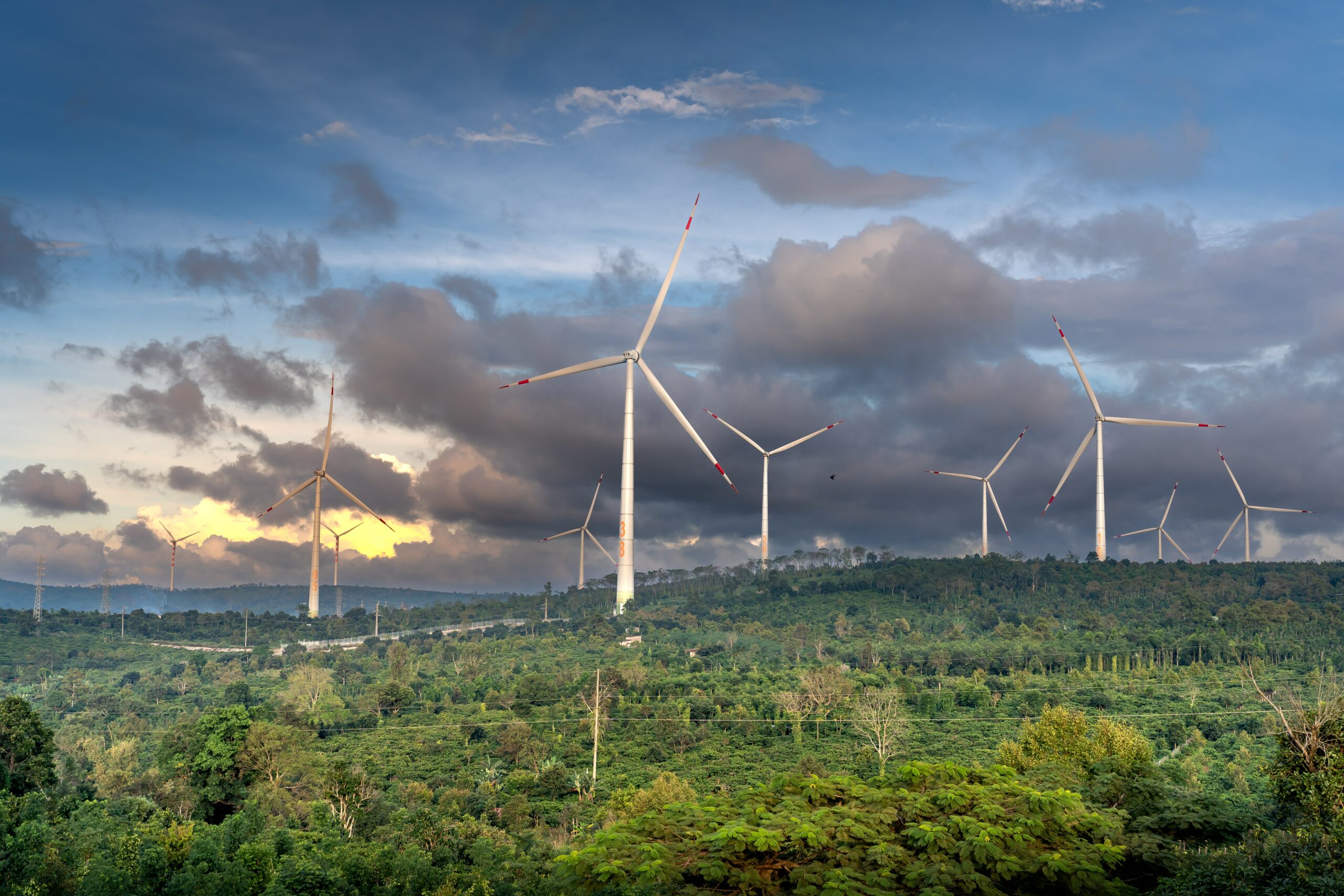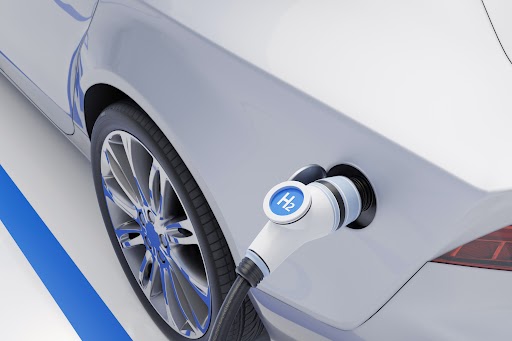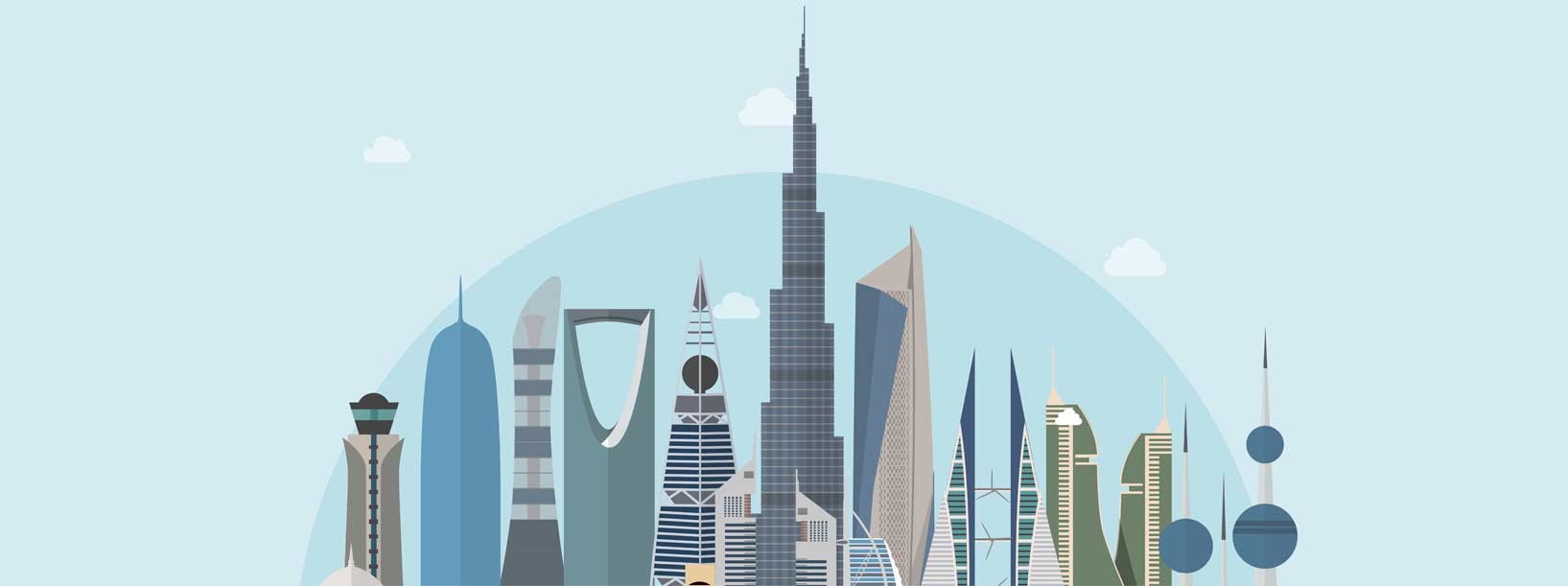Green hydrogen: Africa as a new hub
After years of being hyped as a possible game-changer and touted as the fuel of the future, green hydrogen is now recognized as a crucial component of any realistic net-zero economy in the long term by both governments and investors.
While energy transition plans were slowly taking shape, particularly in Europe, recent events have created a golden opportunity for a more rapid rollout of green hydrogen. The ongoing Ukraine-Russia conflict and its implications for energy dependence have forced European nations to rethink their priorities and sparked a frenetic race to secure new energy alternatives other than Russian-controlled gas supplies.
In fact, it didn’t take long for these opportunities to materialize. As part of the RepowerEU strategy, the EU set a target of 10 million mt/year of green hydrogen imports by 2030, in addition to its domestic hydrogen production target of 10 million mt/year. With this massive import opportunity, Africa seems poised to realize its green hydrogen potential.
Green hydrogen, fueled by renewable energy, now accounts for 4% of total world hydrogen production. It can be used in several sectors and industries, including refineries, to produce ammonia. Automobile manufacturers have also set their sights on this kind of energy. The market for hydrogen fuel cell electric vehicles is booming, with stiff competition to get enough range for the end user.
An overview of Africa
Africa stands out as the region with the greatest potential for green hydrogen. Not only is the continent in desperate need of energy infrastructure investment, of which renewables and green hydrogen could represent the lion’s share, but many African countries present unique competitive advantages and environmental characteristics for cheap and reliable energy production.
According to H2 Atlas-Africa, wind and solar energy in West Africa could generate up to 165,000 TWh of green hydrogen per year, of which 120,000 can already be produced for less than €2.50. To put this figure into perspective, green hydrogen in Germany currently costs around €7 to €10 per kilogram. Therefore, Africa has been presented with a tremendous opportunity to fulfil its energy needs and requirements, reduce its emissions in line with the current international standards, become a net exporter of energy, and decarbonize its industry, which allows an easier entry into the EU market.
Realizing the potential, a few African countries have already started positioning themselves and have taken the lead in establishing a green hydrogen industry powered by their renewable energy capabilities. Egypt, Morocco, and South Africa stand out as great examples of countries taking the opportunity seriously and advancing their plans to transform fiction into reality:
Focus on the projects
Egypt
Egyptian policymakers have taken green hydrogen more seriously in the last year, holding talks with a number of multinational corporations about developing a local sector that has the potential to become an important component of the country’s energy mix.
Egypt’s first green hydrogen generating plant, with a capacity of 100MW, will be operational in November 2022, making it the world’s largest by a factor of five[1]. The output will be used as a supplemental feedstock by the Egyptian Basic Industries Corporation to generate 90,000 tonnes of green ammonia per year.
TAQA Power has also signed a Memorandum of Understanding (MoU) with MAN Energy Solutions, a German business, for a pilot project to produce green hydrogen locally in Egypt to power tourist buses with clean fuel.
Siemens Energy and the Egyptian Electricity Holding Company have signed a MoU to collaboratively create a hydrogen-based industry in Egypt with export capabilities. They will co-develop a pilot project with a 100 to 200 MW electrolyzer capacity as a first step, which will help drive early technology deployment, start a partner landscape, establish and test regulatory environment and certification, setup off-take relations, and define logistic concepts.
Eni, GE, and ThyssenKrupp have all submitted bids to build hydrogen facilities in Egypt. The proposals, which total $2 billion, are for facilities that would create both green and blue hydrogen. Several proposals from European institutions such as the German development bank KfW, the European Investment Bank, and the International Finance Corporation (IFC) were accompanied by financing offers.
South Africa
Further South on the continent, South Africa has already had a go at green with The National Hydrogen Fuel Cell Technology (HFCT) Research, Development, and Innovation strategy-also known as the Hydrogen South Africa strategy (HySA).
The mining sector has also been leading the way in hydrogen technology within the country. Anglo Platinum, for instance, is setting up a 75 MW solar PV-powered plant with plans to further increase the capacity to 320 MW, with the surplus of electricity generation being directed to produce green hydrogen.
In May 2021, the German development bank KfW announced a €200 million scheme to help South Africa establish green hydrogen projects. A feasibility assessment issued by the government and private-sector partners in October 2021 found three green hydrogen hubs in the eastern region that had the potential to develop a hydrogen valley.
Sasol and the Industrial Development Corporation (IDC) have agreed to work together to advocate for enabling policy frameworks, develop pilot and commercial-scale hydrogen projects, access local and international financing options, and go after strategic projects that will help the country attain its energy transition and economic development goals. Sasol revealed a few months later that it planned to begin manufacturing green hydrogen as early as 2023.
Morocco
Considered a leader along with South Africa, Morocco is also working to create its own green hydrogen industry. In 2020, the Moroccan government engaged in a partnership with Germany to build the first standalone green hydrogen plant on the continent. The following year, the government signed an agreement on green hydrogen development with Portugal, laying the groundwork for clean energy collaboration between the different economic actors in both countries.
Morocco has also inked a strategic collaboration with Irena in June 2021, with the goal of becoming a major green hydrogen producer and exporter. The two parties will work together to conduct green hydrogen studies and examine policy options for incorporating businesses into the green hydrogen economy on a national scale.
A joint venture between Greece’s Consolidated Contractors Company (CCC) and Ireland’s Fusion Fuel aims to build a green hydrogen-powered ammonia facility in Morocco as of 2022, which will be the country’s largest green hydrogen project to date. The plant will have the capacity to produce 31,000 tonnes of renewable hydrogen per year and generate 183,000 tonnes of green ammonia by 2026.
Finally, in early December 2021, the country saw the establishment of “Green H2A”, a technology platform dedicated to research and innovation in green hydrogen. The first of its kind in Africa, it aspires to play a key role in Morocco’s industrial deployment of green hydrogen and its uses. One of Green H2A’s first initiatives is a pre-industrial pilot project to produce 4 tonnes of green ammonia per day with a 4MW electrolysis capacity.
Given both the advancements on the ground and in legislation, and the intense interest by Germany, one of the leaders in green H2 technology, Morocco, Egypt, and South Africa are poised to become the leaders in the field for the coming decades, developing a “decarbonized fuel” made from renewable energy for export to Europe.
In this sense, The Africa Green Hydrogen Alliance was officially launched at the first-ever Green Hydrogen Global Assembly in Spain on May 2022, with the goal of developing a strong green hydrogen ecosystem. Egypt, Kenya, Mauritania, Morocco, Namibia, and South Africa are among the founding partners.
The energy ministers of 14 Arab nations, including Morocco, have proposed an ambitious plan to create an Arab Common Market for power, with green hydrogen being an important link in the chain. On July 27, 2020, the final versions of two international treaties connected to this project were completed.
It is undeniable that green hydrogen shows strong potential on the continent, with several countries taking the lead due to the foresight and available opportunities. In the coming years, we are likely to witness a marked acceleration in the rollout of hydrogen projects and the concretization of decarbonisation plans. However, despite the winds setting the sails on a clear course in the coming years, many African nations have yet to live up to their potential and geographic resources.
Sources:
African Business – Green hydrogen – implications and prospects for Africa – June 2022
Africa News – Positioning Africa as a green hydrogen leader
African Business – South Africa eyes future as green hydrogen hub– October 2021
Atlas of green hydrogen generation potentials in Africa – H2 Atlas Tool
Arab News – Egypt to open its first green hydrogen plant in November 2022 – December 2021
Siemens Energy – Siemens Energy supports Egypt to develop Green Hydrogen Industry – August 2021
Enterprise – Big global players eye hydrogen investment in Egypt – November 2021
Cliffe Dekker Hofmeyr – Moving towards a green hydrogen energy future – April 2021
African Business – Green light for a green hydrogen economy in Africa – November 2021
Al Jazeera – Green Hydrogen: The new scramble for North Africa – November 2021
Energy & Utilities – Fusion Fuel and CCC to develop $850m Morocco green hydrogen project – July 2021
[1] The second one, Air Liquid’s 20MW plant, is in Canada.
You may also like
Warning: Undefined variable $content in /var/www/sdomains/nexatestwp.com/infomineo.nexatestwp.com/public_html/wp-content/themes/infomineo/single.php on line 235
Warning: Undefined variable $content in /var/www/sdomains/nexatestwp.com/infomineo.nexatestwp.com/public_html/wp-content/themes/infomineo/single.php on line 235
Warning: Undefined variable $content in /var/www/sdomains/nexatestwp.com/infomineo.nexatestwp.com/public_html/wp-content/themes/infomineo/single.php on line 235
Warning: Undefined variable $content in /var/www/sdomains/nexatestwp.com/infomineo.nexatestwp.com/public_html/wp-content/themes/infomineo/single.php on line 235
Warning: Undefined variable $content in /var/www/sdomains/nexatestwp.com/infomineo.nexatestwp.com/public_html/wp-content/themes/infomineo/single.php on line 235
Warning: Undefined variable $content in /var/www/sdomains/nexatestwp.com/infomineo.nexatestwp.com/public_html/wp-content/themes/infomineo/single.php on line 235








